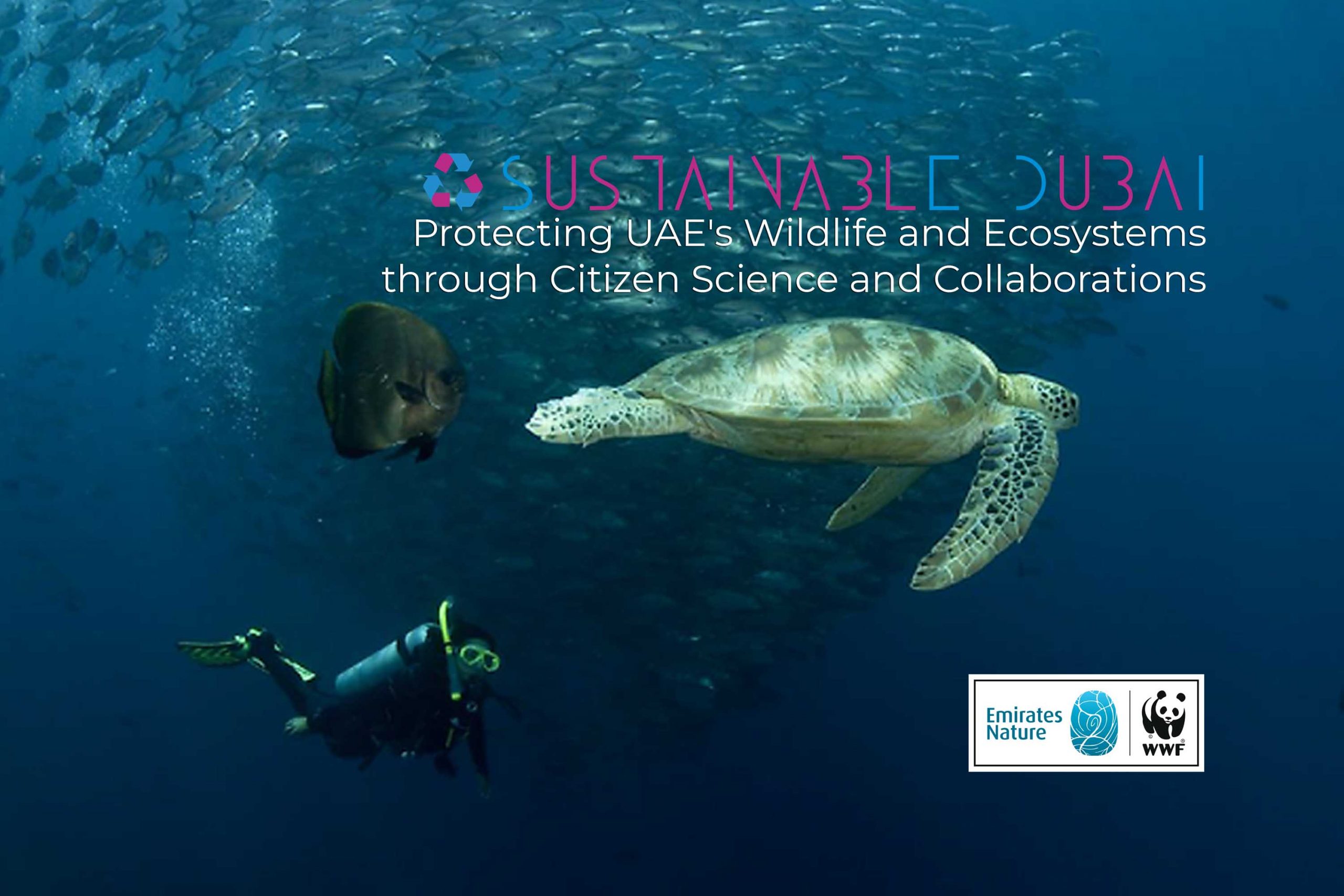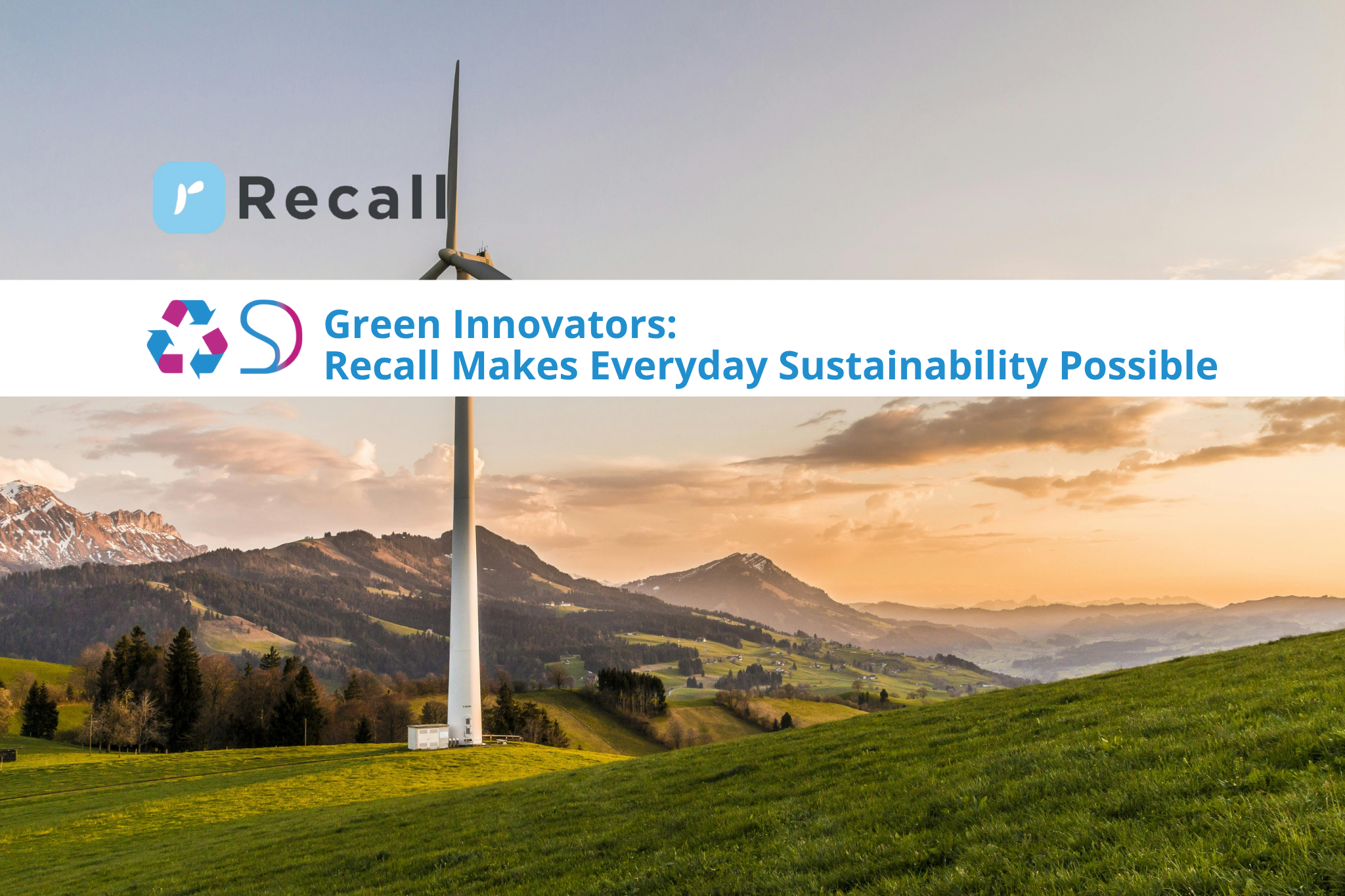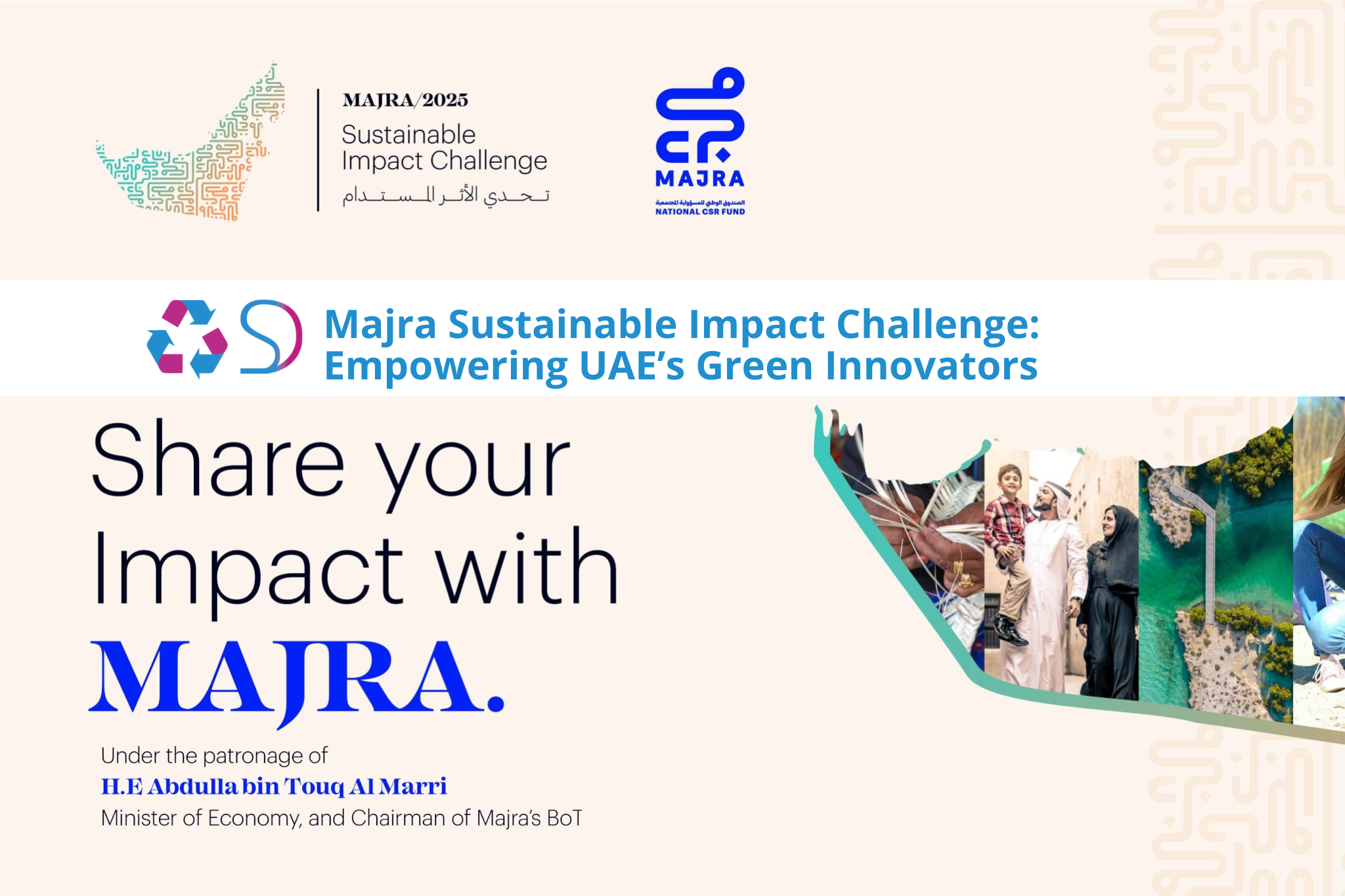Emirates Nature-WWF has been working for the conservation of the UAE’s wildlife and ecosystems since 2001. The organization is a partnership between the Emirates Wildlife Society (EWS) and Worldwide Fund for Nature (WWF). Emirates Nature-WWF’s mission is to protect the natural environment of the United Arab Emirates (UAE) by working with individuals, government agencies, and organizations to conserve the region’s biodiversity.
Emirates Nature-WWF's Role in Conservation
The organization is raising awareness about conservation issues, conducting research, monitoring, and collaborating with stakeholders. Emirates Nature-WWF keeps the following goals:
- Protecting endangered species: Conserving the region’s endangered species by identifying and addressing the threats to their survival. The organization is involved in the conservation of species such as the Arabian leopard, hawksbill turtle, dugong, and Arabian oryx.
- Preserving habitats: Preserving the UAE’s habitats such as wetlands, mountains, and deserts. The organization’s efforts focus on restoring degraded habitats, protecting important ecological areas, and improving the management of protected areas.
- Promoting sustainable living: Encouraging individuals and businesses to adopt sustainable practices such as reducing waste, conserving water, and using renewable energy. The organization also promotes sustainable fishing practices and works with fishermen to reduce their impact on marine ecosystems.
- Collaborating with stakeholders: Working with government agencies, businesses, and local communities to raise awareness about conservation issues and develop sustainable solutions. The organization’s collaborations have resulted in the development of policies and regulations that promote conservation and sustainable development.
Emirates Nature-WWF's Achievements
- The Arabian Oryx Reintroduction project: Collaboration with the Abu Dhabi government to reintroduce the Arabian oryx, a species that was extinct in the wild, back into the UAE’s deserts. The project has been a success, and the Arabian oryx population has increased from zero to over 1,000 individuals.
- The Arabian leopard conservation project: Emirates Nature-WWF is involved in a project to conserve the Arabian leopard, a critically endangered species. The organization is working with local communities to reduce human-leopard conflict and protect the leopard’s habitat.
- The marine conservation program: Emirates Nature-WWF’s marine conservation program focuses on protecting the UAE’s marine ecosystems and species such as the hawksbill turtle and dugong. The organization has collaborated with local fishermen to reduce the impact of fishing on marine ecosystems and has contributed to the establishment of marine protected areas.
Emirates Nature-WWF's Citizen Science Program
Emirates Nature-WWF partners with the Environment Agency – Abu Dhabi (EAD) to launch a citizen science program called Sahim. This program encourages public participation in the monitoring of the UAE’s wildlife and ecosystems. Sahim allows citizens to report sightings of animals and plants, providing valuable data for research and conservation efforts. The program raises awareness about the importance of biodiversity and the need for conservation.
Emirates Nature-WWF's Website
Emirates Nature-WWF’s website provides a wealth of information about the organization’s conservation efforts and achievements. The website features news, blogs, and reports on various conservation issues, as well as information about the organization’s campaigns and projects. It provides resources and tools for individuals and businesses to adopt sustainable practices and support conservation efforts and visitors can also donate to the organization.





I went over this site and I believe you have a lot of great information, saved to fav (:.
It?¦s actually a nice and helpful piece of info. I?¦m satisfied that you just shared this useful info with us. Please keep us up to date like this. Thank you for sharing.
Hello, i read your blog from time to time and i own a similar one and i was just curious if you get a lot of spam remarks? If so how do you protect against it, any plugin or anything you can advise? I get so much lately it’s driving me crazy so any support is very much appreciated.
As I website possessor I believe the content material here is rattling great , appreciate it for your efforts. You should keep it up forever! Good Luck.
I absolutely love your blog and find many of your post’s to be what precisely I’m looking for. can you offer guest writers to write content for yourself? I wouldn’t mind writing a post or elaborating on a lot of the subjects you write concerning here. Again, awesome website!
I’m extremely impressed with your writing skills as well as with the layout on your weblog. Is this a paid theme or did you customize it yourself? Either way keep up the nice quality writing, it is rare to see a great blog like this one these days..
I’m really impressed with your writing skills as well as with the layout on your blog. Is this a paid theme or did you customize it yourself? Either way keep up the nice quality writing, it’s rare to see a great blog like this one today..
I think this website contains some really great info for everyone :D. “I like work it fascinates me. I can sit and look at it for hours.” by Jerome K. Jerome.
naturally like your web site however you need to take a look at the spelling on several of your posts. A number of them are rife with spelling problems and I find it very bothersome to tell the truth on the other hand I will surely come again again.
wonderful post, very informative. I wonder why the other specialists of this sector don’t notice this. You should continue your writing. I am sure, you’ve a great readers’ base already!
These are truly fantastic ideas in on the topic of blogging. You have touched some good points here. Any way keep up wrinting.
Hiya, I’m really glad I’ve found this information. Nowadays bloggers publish just about gossips and web and this is actually irritating. A good site with exciting content, that’s what I need. Thank you for keeping this website, I’ll be visiting it. Do you do newsletters? Can not find it.